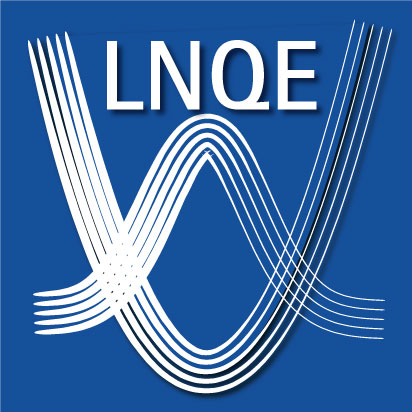Nano-MOFs for the labelling of products
| Led by: | Supervisor: Prof. Dr. Denis Gebauer, LUH, Institute for Inorganic Chemistry. Co-Supervisor: Dr. Andreas Schaate, LUH, Institute for Inorganic Chemistry. |
| Team: | Nele Marquardt |
| Year: | 2020 |
The forgery-proof labelling of objects plays an important role in their identification at airports, at transport and when stored. A simple and safe identification is possible with photoluminescent materials. Metal-organic frameworks (MOFs) based on lanthanides possess sharp emission bands after excitation with light. Through smart combination of such metal cations in one MOF a characteristic and forgery-proof emission spectrum can be obtained. The material can be applied on the desired objects with simple coating techniques and serves as label or barcode.
MOFs can be composed of different metal ions that are connected by organic linkers forming tunable and porous structures. The aim of this project is the development of novel postsynthetic modifications (PSM) of MOFs, which allow for example a sequential assembly of lanthanide cations in these materials.
For this purpose, different linkers will be stochastically mixed in MOFs with one-dimensional pore systems. Specific sequences of linkers will be used like codons in protein synthesis as starting points for the sequential build up. Therefore, reactions will be examined, that can only occur between defined linkers that are correctly oriented in the MOF. While these connected linkers are protected against a solvent assisted linker exchange (SALE), surrounding linkers can be exchanged to generate the desired sequence of linkers step-by-step. The fluorescent cations will be attached to the functional groups at these linkers. This precise arrangement of different metal cations in MOFs enables the labelling at the nano-scale.






